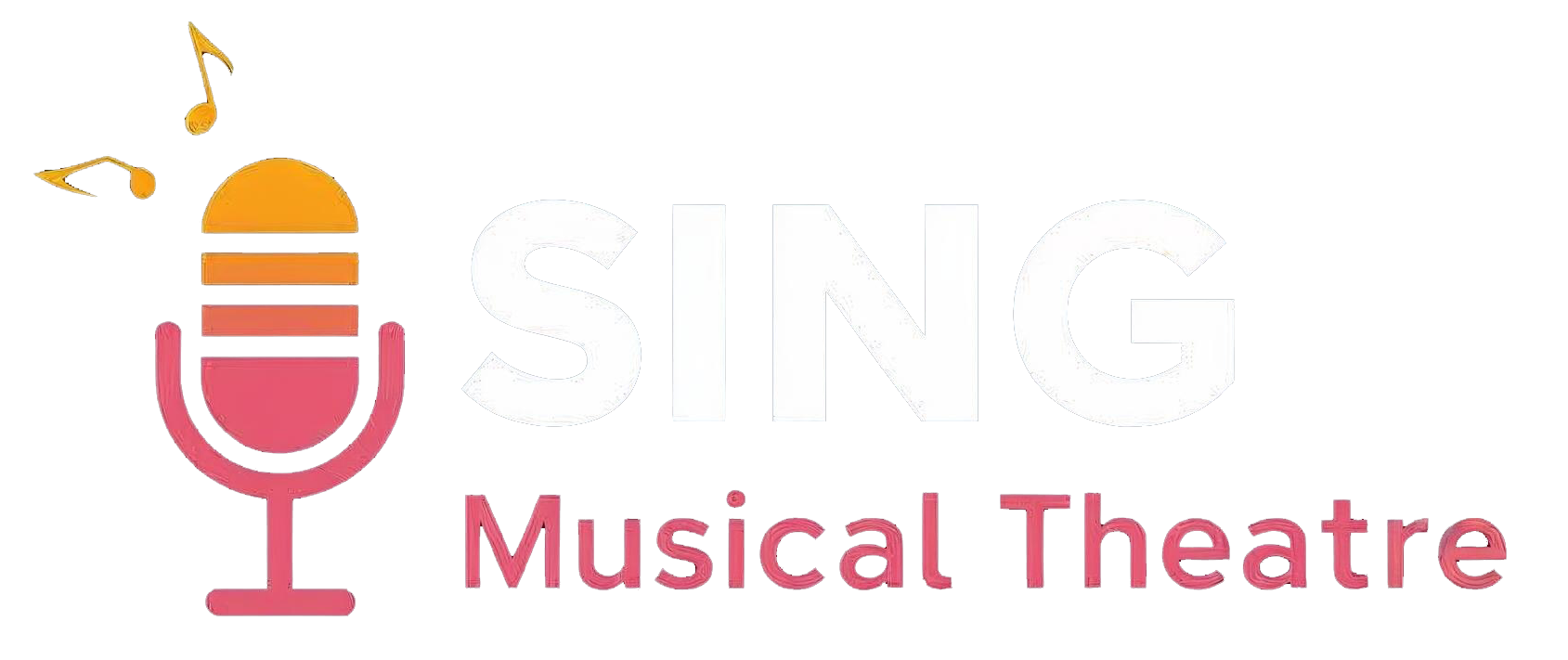Acting for Musical Theatre
Learn how to dig deeper into the lyrics and story
to craft interesting and layered performances that will engage your audience in new ways!
Learn a Tangible, Repeatable Process to Elevate and Deepen your Performance on Your Songs!

Acting Overview
Add a brief description to your card.

Silent Scene Partner
Who are you singing to? How can this imaginary person help you create a nuanced and deeply connected performance? Silent Scene Partner

Trigger Question
What question can your silent scene partner ask you, that is so detailed, your only response the the entire lyric of your song? Trigger Question

Main Objective
Add a brief description to your card.

Possible Tactics
Add a brief description to your card.

Lyric Analysis
Add a brief description to your card.
Classical & Foundational Techniques
Use this space to add a medium length description. Be brief and give enough information to earn a click.

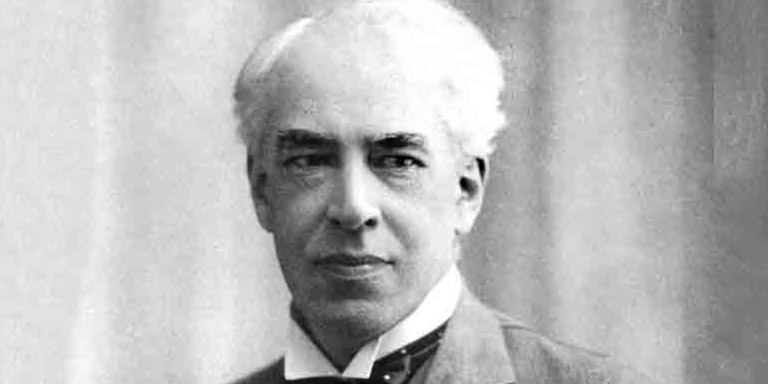
Stanislovski
Builds truthful performance by pursuing clear objectives within specific circumstances and breaking scenes into actionable beats.
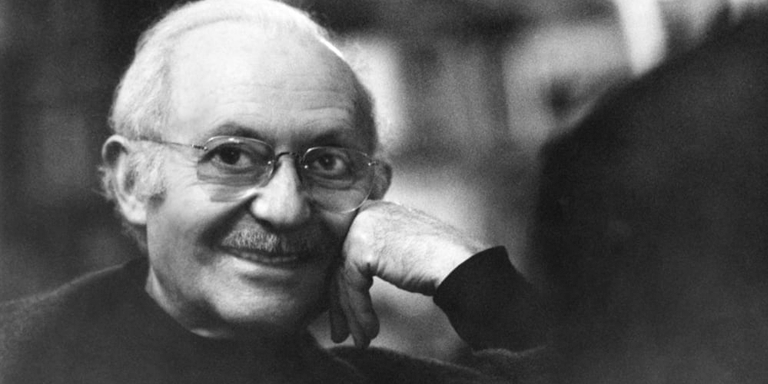
Lee Strasberg
Emphasizes emotional memory and personal experience as fuel for deeply lived character behavior.
It’s Important for every actor to read and practice all of these methods!
But we have developed a method that takes the best parts of these philosophies and adapts them to current musical theatre acting. After you have digested all of these giant philosophies, click the link below for the SingMusicalTheatre combined acting technique by David Jayden Anthony called MOSAIC Acting Technique.

Stella Adler
Replaces personal recall with vivid imagination and external circumstances to spark inspired choices.

Kristin Linklater
Frees the natural voice by reducing tension and connecting breath to impulse and emotional truth.
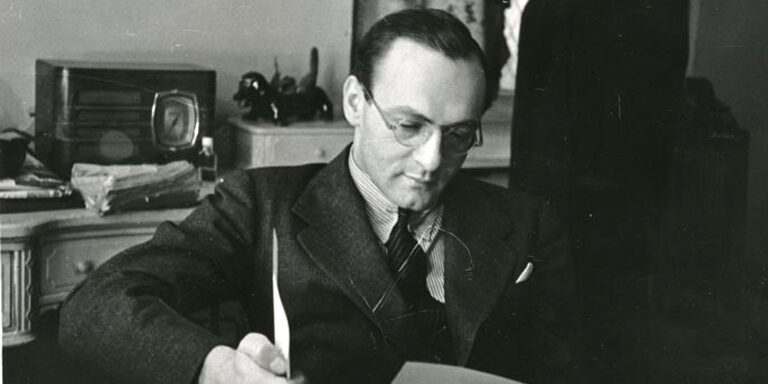
Stanford Meisner
Trains actors to respond truthfully in the moment through repetition and attentive listening.

Mamet & Macy
Simplifies acting into clear objectives and playable actions rooted in the text.
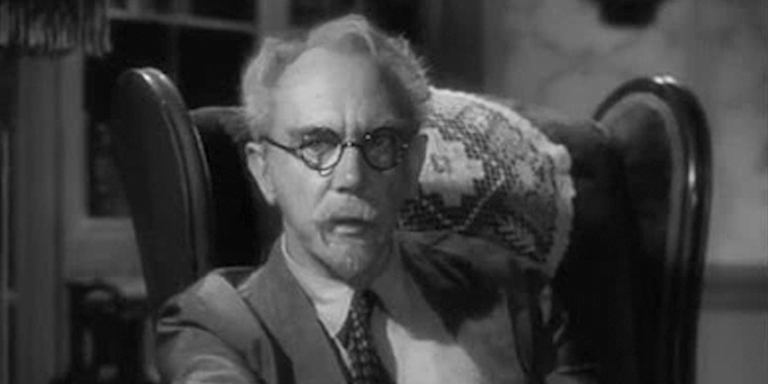
Michael Chekov
Uses physical gestures, imagination, and atmosphere to unlock emotion and psychological depth.

Frederick Alexander
Improves posture and breath by releasing habitual tension and realigning the body for free expression.
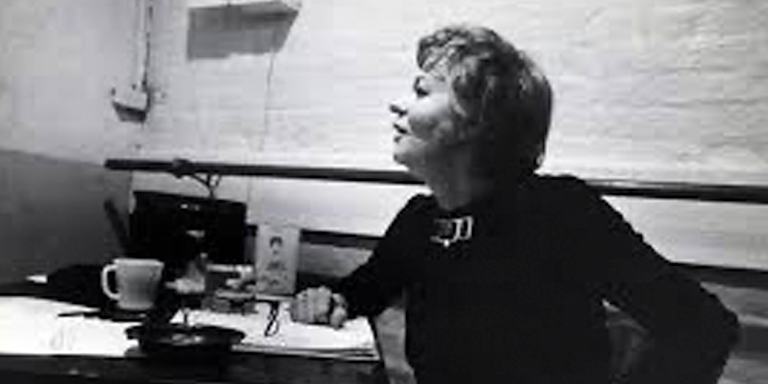
Uta Hagen
Encourages actors to replace fictional circumstances with personal analogies and practice detailed daily actions.

Shakespeare
Grounds performance in analysis of verse, rhetoric, and heightened language structures.
Use our Song Analysis Worksheet to dig deeper into the music and lyrics.
Consider using this if you need to provide more context on why you do what you do. Be engaging. Focus on delivering value to your visitors.


